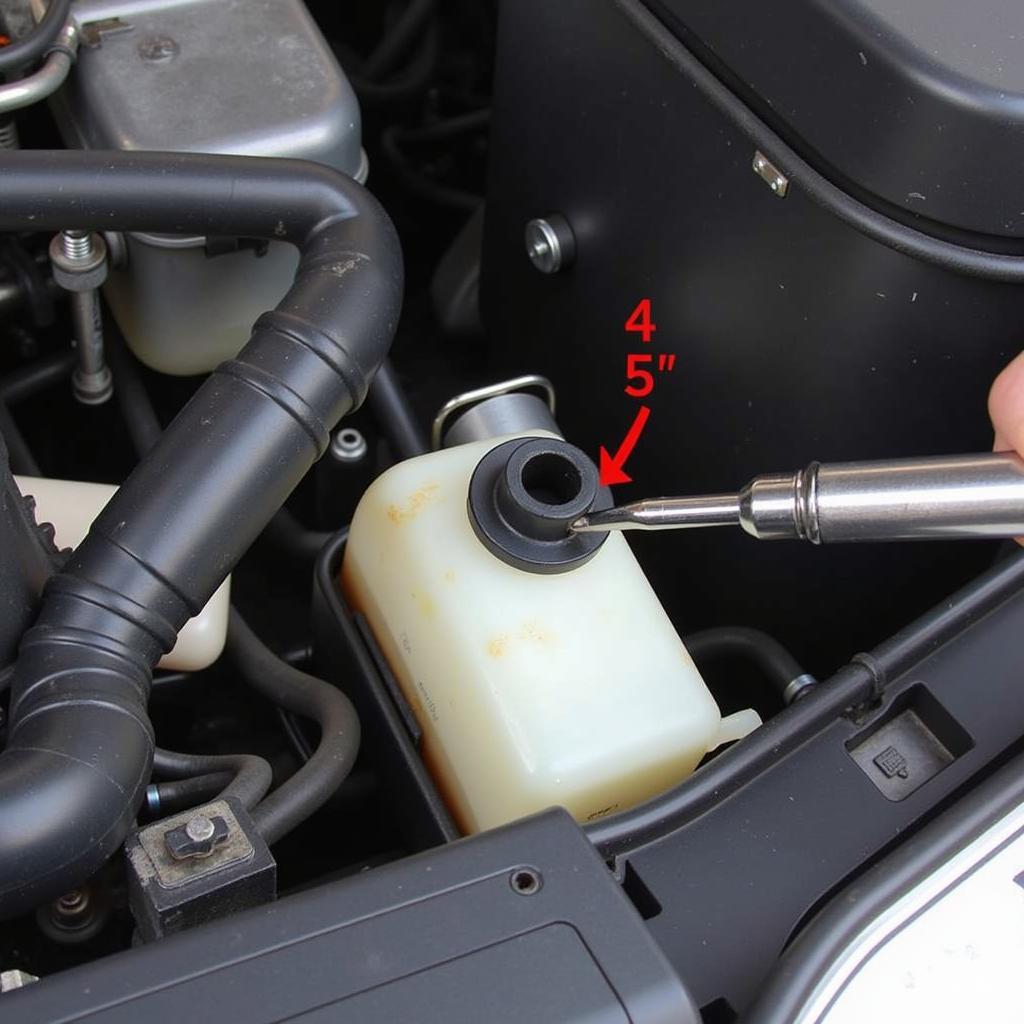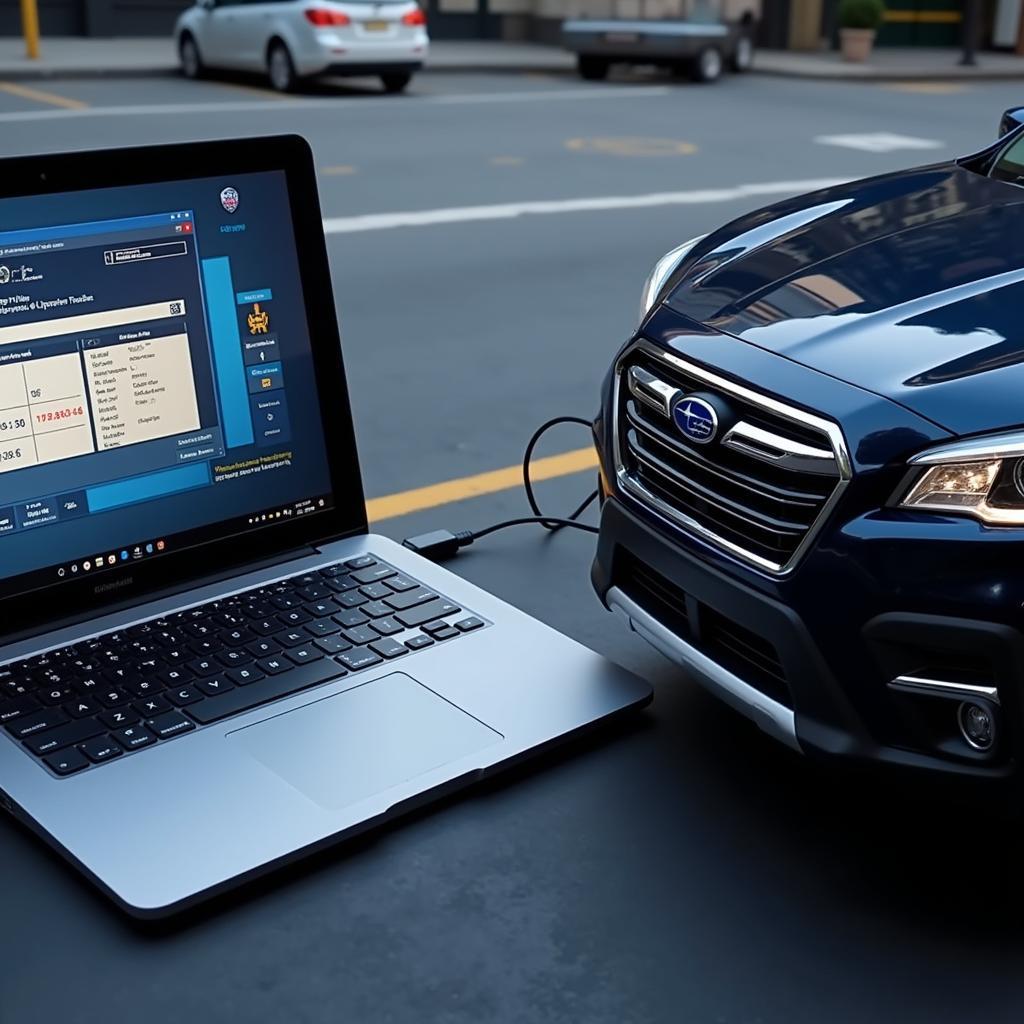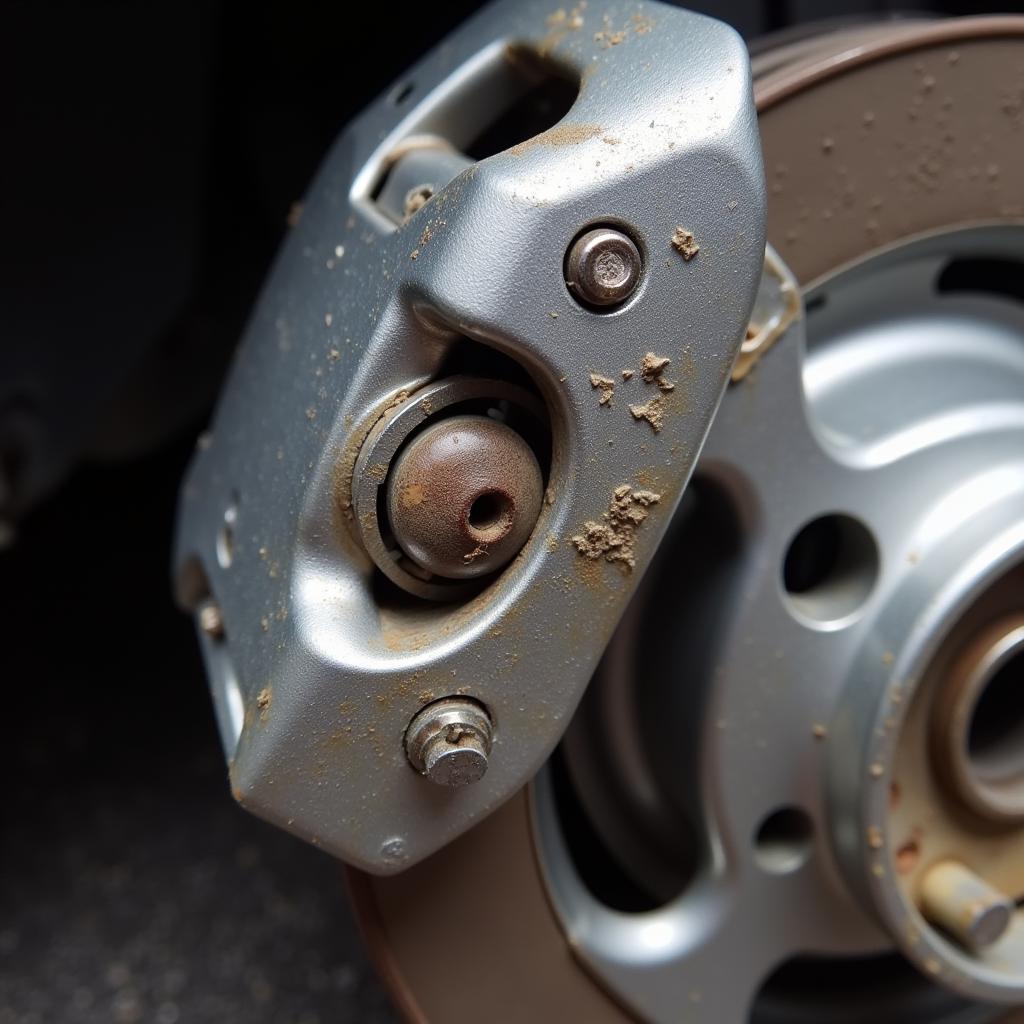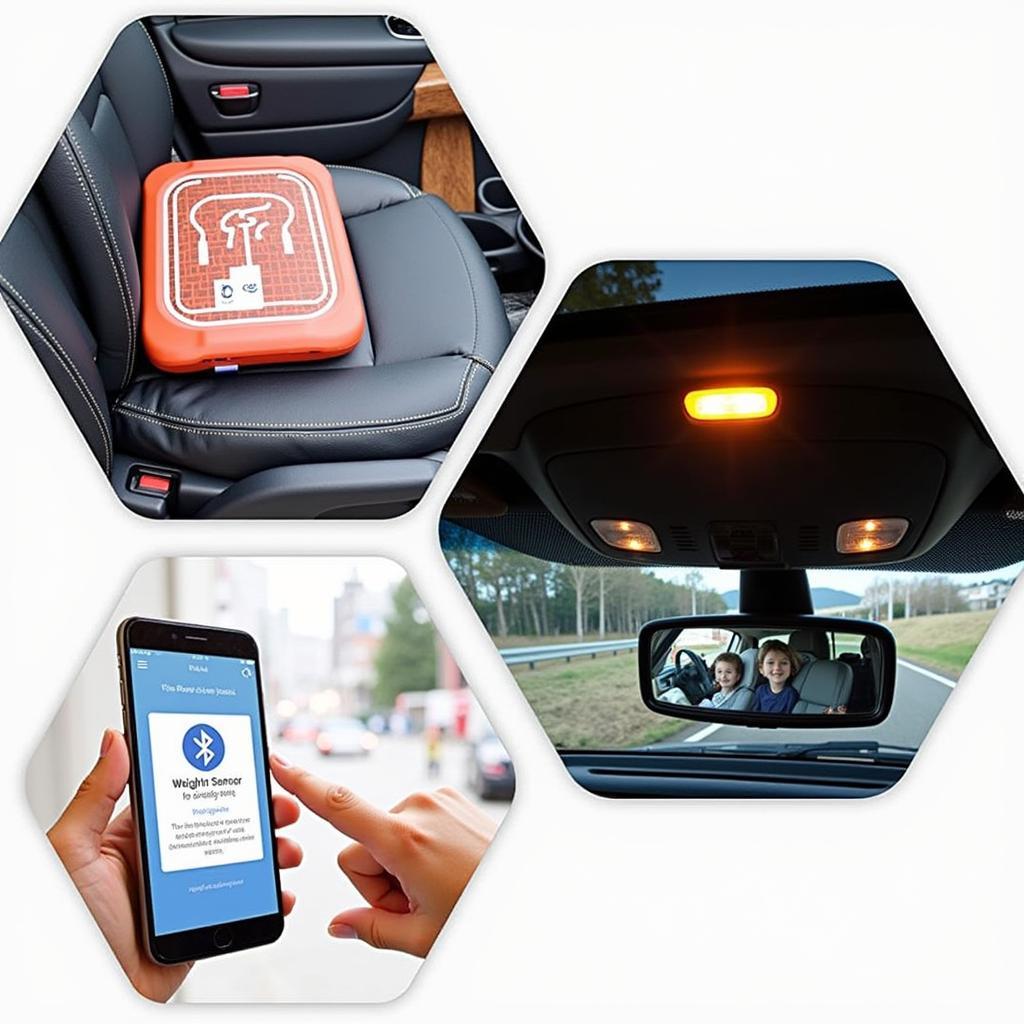The Subaru Tribeca brake warning light can be a jarring sight, signaling potential issues with your braking system. Understanding why this light illuminates and knowing how to address the problem is crucial for maintaining your vehicle’s safety and performance. This comprehensive guide will delve into the common causes of the brake warning light in a Subaru Tribeca, offering troubleshooting steps and solutions to help you get back on the road safely.
Understanding Your Subaru Tribeca’s Brake Warning Light
The brake warning light isn’t just a single indicator. It serves as a general alert for several possible problems. While a glowing brake light can sometimes be a simple fix, it can also indicate a serious issue requiring immediate professional attention. Ignoring this warning can lead to costly repairs and, more importantly, compromise your safety on the road.
Common Causes of the Brake Warning Light
There are several reasons why your Subaru Tribeca’s brake warning light might be on. Some of the most common culprits include:
- Low Brake Fluid: This is the most frequent cause. Brake fluid levels naturally decrease over time due to wear and tear on brake pads and other components.
- Worn Brake Pads: As brake pads wear down, the brake fluid level drops. If the pads are excessively worn, the warning light will illuminate.
- Faulty Brake Sensor: A malfunctioning brake pad wear sensor can trigger the warning light even if the pads are still in good condition.
- Issues with the ABS System: Problems with the Anti-lock Braking System (ABS), such as a faulty sensor or low ABS fluid, can also activate the brake warning light.
- Parking Brake Engaged: Sometimes, the simplest explanation is the correct one. Ensure the parking brake is fully disengaged.
- Brake Master Cylinder Leak: A leak in the brake master cylinder can lead to a significant loss of brake fluid and trigger the warning light.
 Checking Brake Fluid in a Subaru Tribeca
Checking Brake Fluid in a Subaru Tribeca
Troubleshooting Your Subaru Tribeca’s Brake Warning Light
Before heading to a mechanic, there are a few simple checks you can perform yourself:
- Check the Parking Brake: Make sure the parking brake is fully released.
- Inspect Brake Fluid Level: Carefully open the brake fluid reservoir and check the fluid level. If it’s low, add the correct type of brake fluid recommended for your Subaru Tribeca.
- Visually Inspect Brake Pads: If you’re comfortable doing so, check the brake pads through the wheel spokes for visible wear. If they appear thin, they likely need replacement.
“Checking the brake fluid is the first step any driver should take when they see the brake warning light,” advises John Miller, a certified automotive technician with over 20 years of experience. “It’s a quick and easy check that can often pinpoint the problem.”
When to Seek Professional Help
If the brake warning light persists after checking the parking brake, brake fluid level, and brake pads, it’s crucial to seek professional assistance. Ignoring the warning light can lead to severe brake problems, compromising your safety and potentially causing expensive damage. A qualified mechanic can diagnose the issue accurately using advanced diagnostic tools and perform the necessary repairs.
Remote Diagnostic and Programming Solutions
In today’s technologically advanced world, remote diagnostics and programming offer convenient solutions for certain brake system issues. Specialized technicians can access your vehicle’s computer system remotely to identify problems and even reprogram certain modules, potentially saving you time and money.
“Remote diagnostics and programming are revolutionizing the automotive repair industry,” explains Sarah Chen, a leading expert in automotive software solutions. “It allows us to quickly and efficiently diagnose problems and even perform certain repairs without the vehicle needing to be physically in the shop.”
 Remote Diagnostics on a Subaru Tribeca
Remote Diagnostics on a Subaru Tribeca
Conclusion
The Subaru Tribeca brake warning light serves as a vital indicator of potential braking system issues. Understanding the various causes, from low brake fluid to problems with the ABS system, allows you to address the problem promptly and effectively. While simple checks like verifying the parking brake and inspecting the brake fluid level can be done at home, persistent warning lights necessitate professional attention. Utilizing remote diagnostic and programming solutions can offer convenient and efficient repairs, ensuring your Subaru Tribeca’s braking system operates safely and reliably.
FAQ
- Can I drive my Subaru Tribeca with the brake warning light on? It’s highly discouraged. While you may still have some braking ability, continuing to drive could worsen the problem and put you at risk.
- How often should I check my brake fluid level? It’s a good practice to check your brake fluid level at least once a month.
- How long do brake pads typically last? Brake pad lifespan varies depending on driving habits and conditions, typically ranging from 25,000 to 70,000 miles.
- What type of brake fluid should I use in my Subaru Tribeca? Always consult your owner’s manual for the recommended brake fluid type.
- Can a faulty brake light switch trigger the brake warning light? While less common, a faulty brake light switch can sometimes indirectly cause the brake warning light to illuminate.
- Is the ABS light the same as the brake warning light? While they are both related to the braking system, they are distinct warning lights indicating different issues.
- What is the cost of replacing brake pads on a Subaru Tribeca? The cost varies depending on the type of brake pads and labor rates, but typically ranges from $150 to $300 per axle.


